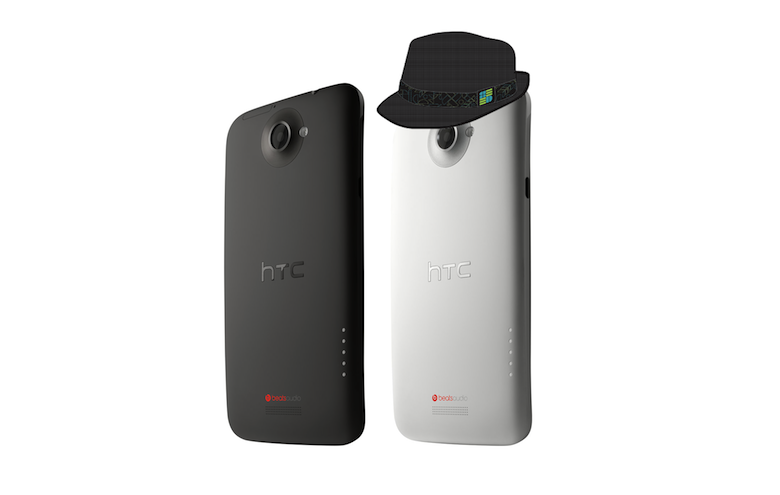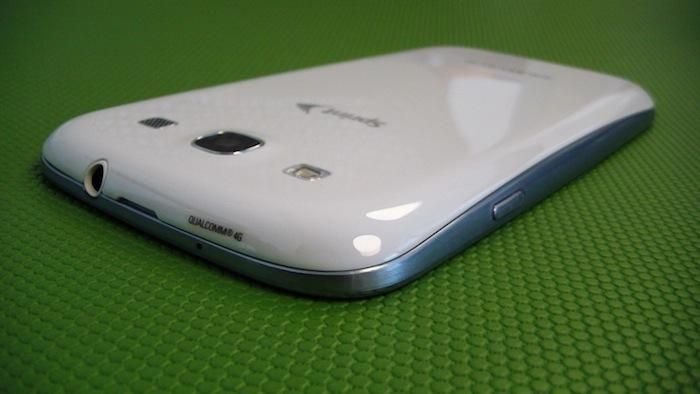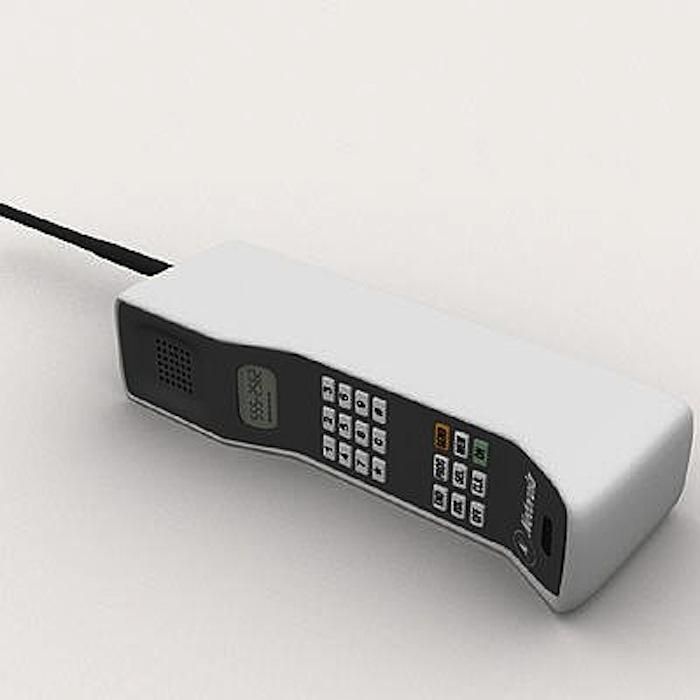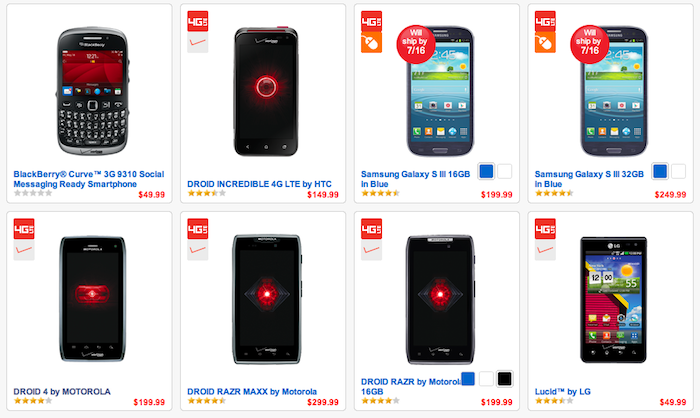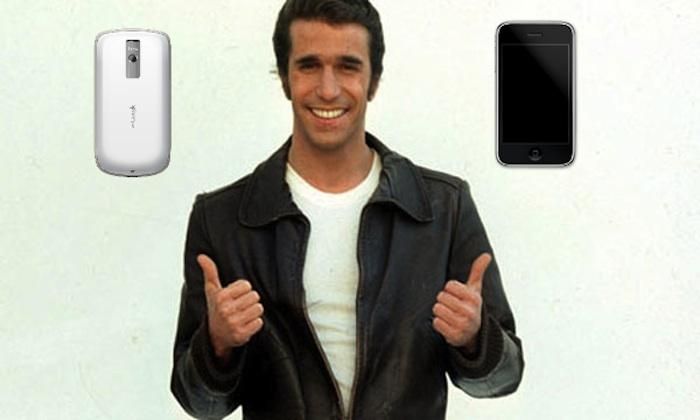My phone is awesome, okay? We can't go forward without your whole-hearted agreement with this basic fact.
Of course, you need more information. You have to know more about what phone I'm carrying, so you can agree or disagree (it's probably the latter, because this is the internet). I mean, whatever. I'll tell you; it's fine. I'm carrying a Samsung Galaxy S III. But that's not the point.
You should understand just how much it's not the point. Yes, it's Samsung's latest Android flagship. Yes, it's got a huge display and a ton of features other OEMs haven't even thought of. Yes, it's packing more RAM than any other smartphone and an LTE radio and about forty other little pieces of greatness crammed into its lightweight, trim casing. None of that is what makes it awesome.
What makes it awesome is that it's "marble white."
Well hello.
To be clear, the whole "marble" modifier Samsung foisted on the phone is exactly as substanceless as it seems. Other OEMs do this all the time with the light-colored variants of their devices, calling them "arctic snow," "powder," or "ivory" editions, but we're all talking about the same thing here. When it comes to polycarbonate, plastic, glass, and even metal casings, there may be a thousand different shades out there, but they're all white in the end. And they're so, so cool.
Now, white phones aren't a new thing by any means. Sure, the industry has been dominated by silver, gray, charcoal, and jet-black "piano black" devices for decades, but white-finished mobile phones trace their roots back just as far.
Respect your elders.
Regardless of that proud history, though, white-painted mobile phones have always been rarer than their less-flashy counterparts on the lower end of the spectrum. The reasons why are buried under years and years of consumer-products design and cultural trends, inaccessible to all but the most intrepid anthropologist. But the reality doesn't need to be understood to be acknowledged: white phones are cooler because they're rarer. And that begs the question: for how much longer will that be the case? I think the answer is: "not much."
We've already talked about this a bit, albeit from the opposite perspective, in a piece I wrote a few months back. The headline of that piece painted the picture of a coming shift in the landscape, the early tremors which foretold that change was underway: it was called "Where Have All The Dark-Colored Phones Gone?" In that article, I briefly explored the new phone-buying reality, with all its manifold color choices, but concluded that the market is healthier than ever before. Sure, there are more choices out there, but manufacturers are still positioning black (or at least close-to-black) handhelds as their primary offerings.
Yayyy.
The thing is, in a world where smartphones have started looking more and more alike, people are increasingly anxious to stand out.
For a while there, in the United States anyway, silver flip phones ruled the day; owning a black phone then was unusual enough to turn heads. But that was essentially a form of mass-backlash: a few years before the silver-flip takeover, everyone had already been carrying black phones. The silver insurgency was a reaction to the public getting burned out on the older black devices ... but the silvertone-zone soon got played out, itself.
The parallels between the worlds of fashion and consumer electronics are often cited, and for good reason: they're very similar in their fickle nature. Common perceptions of what's "cool" are always in flux. And with smartphones slithering their way closer and closer into total ubiquity, owning a device that's "cool" is becoming increasingly important to much of the population.
Eeeyyyyyy.
Right now, white phones are at the forefront of "cool" because, as I mentioned, they're rare. They're unique. And because white materials tend to be more eye-catching than darker ones in most lighting conditions, lighter phones get more looks from others. This seriously happened just a minute ago: while I was building the image of the Fonz and his phones above, a random guy passed my table here in the coffee shop, and could not take his eyes off my Galaxy S III. It's not doing anything special; it's just sitting here on the table, in standby. He seriously stared at it until he was across the room. Sure, there's other stuff that's special about the SGS3 -its size, for one- but I doubt my anonymous phone observer would even have noticed it if it were the pebble-blue variant.
But remember what happened to silver flip phones, and to black phones before them: they got old. They got played out. They got replaced. I'm not saying the market is the same as it was back then; we have a lot more choice now and there's a lot more emphasis on making these devices attractive. But the effects of increased popularity are just as dangerous as ever, and I see many more white phones around these days. They may not ever reach the level of burn-out necessary to send them permanently out of style, but I don't think it's too much of a stretch to say that they're about as popular as they're every going to get. For white phones, it may be all downhill from here.
If you have a white phone, a black phone, a blue phone, or a platinum phone ... weigh in on why you made the choice you did, and how much effect color has on your smartphone-buying decisions. Your opinions: give me them.

